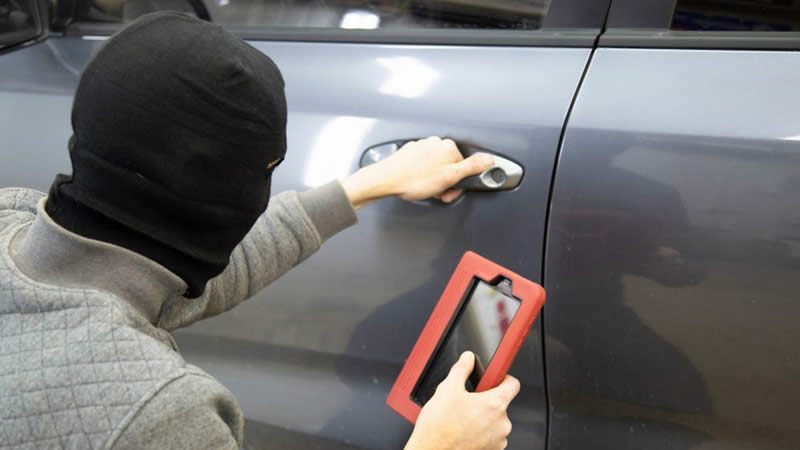Table of Contents
If you own a car, you have a responsibility to protect it from theft and damage. Whether you live in a bustling city or a quiet suburb, protecting your vehicle requires a combination of technology, vigilance, and smart habits. Here’s a complete guide to ensuring your car is always safe.
Understanding Anti-Theft Technology
Modern anti-theft technology is one of the first lines of defense against car theft. These systems have evolved significantly from basic alarms to sophisticated GPS tracking and immobilization mechanisms. GPS tracking systems allow you to locate your vehicle in real-time if it is stolen, while engine immobilizers prevent unauthorized starting of the car. Investing in a car with these features or retrofitting your vehicle with aftermarket options can give you peace of mind. From GPS tracking systems and engine immobilizers to secure parking solutions and routine maintenance, there are numerous effective methods to protect against theft; incorporating services such as Follow-up doctor It can further enhance real-time monitoring and recovery efforts.
Safe Parking Practices
Where you park your car has a lot to do with its security. Well-lit areas with lots of foot traffic deter thieves. If possible, choose places covered by surveillance cameras. When parking in public, always lock your doors and windows. Use parking lots equipped with security guards or personnel for added protection.
Tips for smart parking
In addition to safe locations, employing smart parking strategies can minimize risks:
- Park strategically: Place your car against walls or barriers to limit access.
- Use parking apps: Apps like ParkMobile provide secure payment and help find reliable parking spaces.
- Remote Parking: Some cars offer remote parking features, allowing you to park in tight spaces with ease, reducing the risk of dents and scratches.
Physical security measures
Improving physical barriers adds another layer of protection:
- Steering wheel locks: Visible deterrents that make driving the vehicle difficult.
- Wheel clamps: Prevent movement by locking around a tire.
- Car covers: Hide the make and model of your vehicle, reducing the appeal to thieves.
Personal safety habits
Your habits also play a crucial role in protecting your car:
- Key Management: Never leave spare keys in obvious places inside or outside the vehicle.
- Valuables out of sight: Keep valuables hidden to prevent theft.
- Regular maintenance: Make sure all locks and alarms are working properly.
Insurance and Documentation
Having comprehensive insurance coverage tailored to your vehicle’s needs provides financial protection against theft and damage. Keep copies of your registration and insurance documents in a safe place, handy in case of emergency.
Integrating community and technology
Harness the power of community and technology:
- Neighborhood Watch: Join the local community community surveillance programs to stay informed about local crime trends.
- Smartphone Integration: Apps like OnStar and AAA offer roadside assistance and stolen vehicle assistance services.
- Social Media Awareness: Share information about stolen vehicles to increase the chances of recovery.
Emergency preparedness
Despite precautions, emergencies can happen. Equip yourself with:
- Emergency kits: Include essential elements such as a flashlight, first aid supplies, and tools for basic repairs.
- Contact information: Store emergency contact numbers, including those for your insurance provider and local police.
Conclusion
Protecting your vehicle involves a combination of proactive technology adoption, smart habits, and community awareness. By implementing these strategies, you will significantly reduce the risk of theft and damage to your vehicle. Stay alert, stay informed, and enjoy the peace of mind that comes from knowing your vehicle is well protected against any eventuality.

